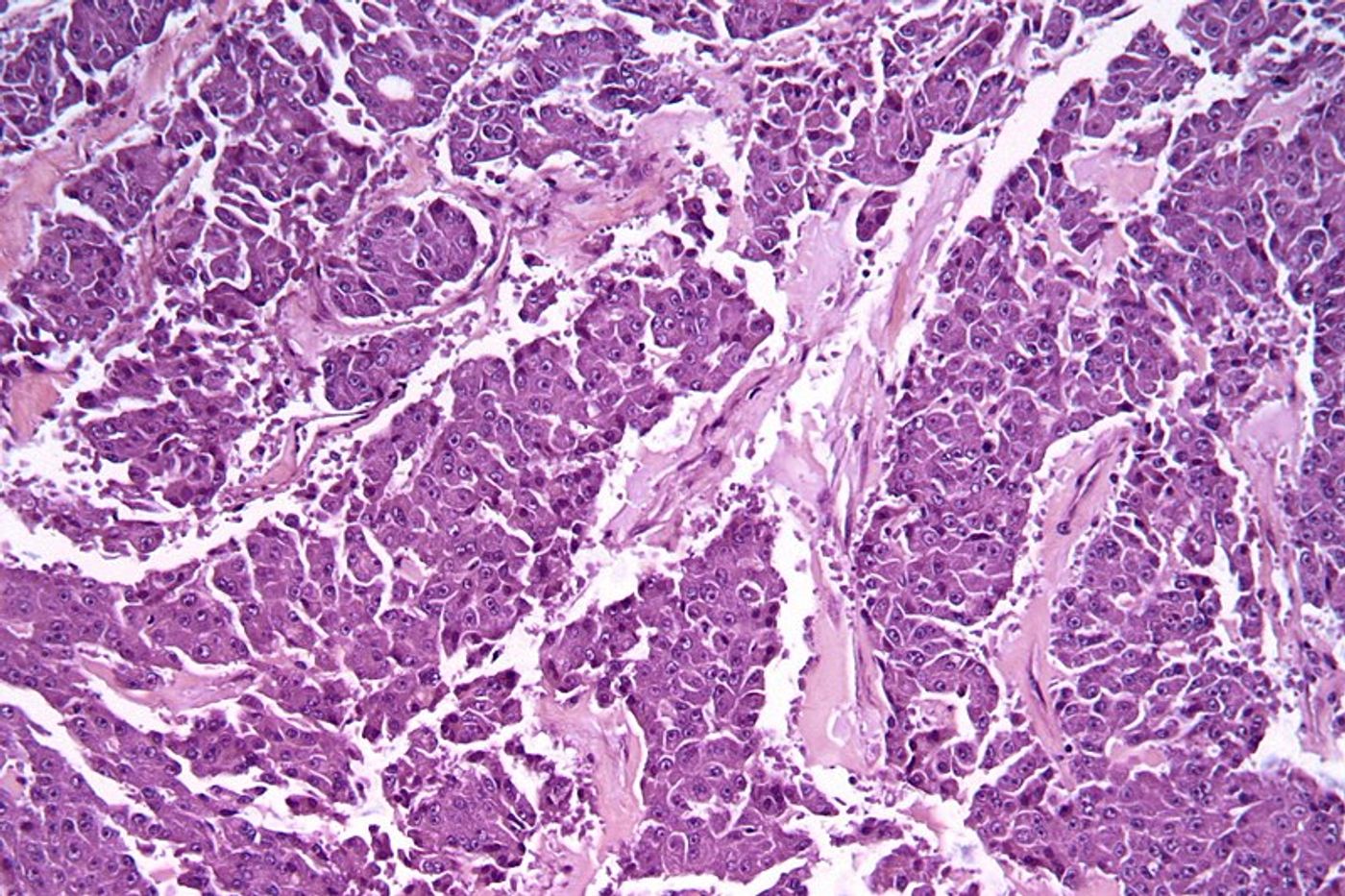Cancer-Killing Virus Collaborates with the Human Immune System
An unlikely collaboration between a virus and the human immune system is working to address a common enemy: cancer. From the University of California San Francisco (UCSF), researchers are working with biotech professionals to understand why it’s possible to create cancer vaccines out of viruses that kill tumors and activate the immune system.
Scientists first noticed the relationship between viral infections and cancer depletion a century ago, yet the first oncolytic viral therapy to be approved by the FDA was only in 2015. Now, scientists want to understand more about how viruses in cancer vaccines work to both kill cancer cells and activate the immune system against cancer. Additionally, there could be ways to combine the cancer vaccine approach with existing cancer immunotherapy drugs.
UCSF researchers collaborated with experts from SillaJen Biotherapeutics Inc. SillaJen is developing an oncolytic viral therapy called Pexa-Vec for use in primary liver and colorectal cancers. It is based on a virus engineered from the harmless vaccinia cowpox virus, the key ingredient of the very first vaccine, the vaccine to prevent smallpox. In the context of Pexa-Vec, the virus attacks cancer by cutting off the tumor supply to blood vessels.
“This virus could be given systemically by intravenous injection, in contrast to most oncolytic viruses that are injected into the tumor itself, which obviously limits their therapeutic potential against cancers that are inaccessible or have spread to multiple sites in the body," explained UCSF’s Donald McDonald, MD, PhD.
Using an animal model of neuroendocrine pancreatic cancer, researchers injected Pexa-Vec into mice to identify the ways the virus worked to kill cancer cells and if there were opportunities to improve it.
They saw that the virus did not infect healthy organs or cause illness, but it did infect blood vessels in tumors. This infection exposed tumor proteins to both the virus and the immune system, activating CD8+ T cells, also known as cytotoxic T cells.
The virus directly killed some tumor cells (five percent), but the majority of the tumor destruction was directed by the immune system five days after injection.
"The question with immunotherapy has always been - why doesn't the immune system naturally detect and attack cancer cells?" McDonald said. "It seems like these viruses are like setting off a bomb that jars the immune system. The infection releases tumor antigens in a way that jump-starts the immune response."
Next, the researchers tested the impact of combining the cancer vaccine with an additional immunotherapy drug called sunitinib, which inhibits blood vessel growth in tumors and influences the immune system. Together with the cancer vaccine, sunitinib greatly enhanced the number of tumor cells killed. The drug does this indirectly, researchers found, by boosting the activation of the immune system in response to tumor proteins exposed by the cancer vaccine virus.
“Pexa-Vec is working like a vaccine to sensitize the immune system to attack cancer," said James Burke, CMO of SillaJen Biotherapeutics. “If the virus is igniting a fire within the tumor, we want to see if we can use these immune modulators to pour gas on the flames."
The present study was published in the journal Cancer Research.









